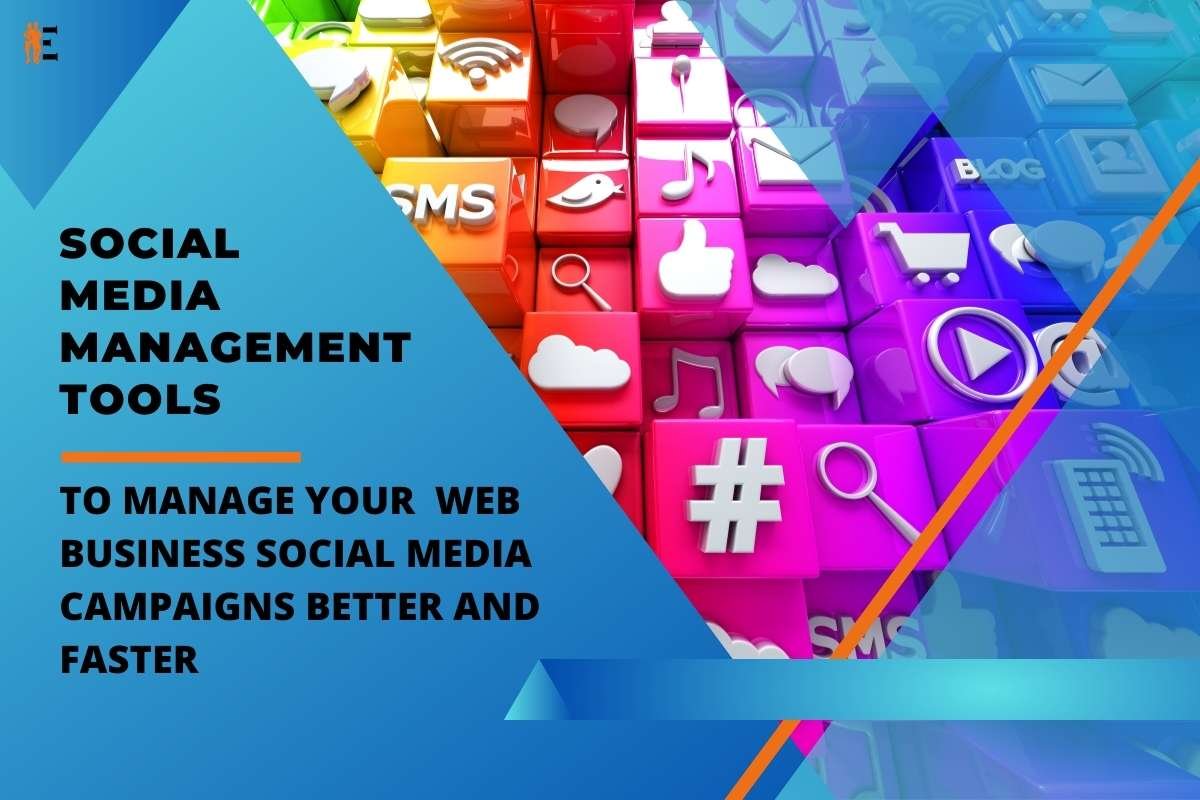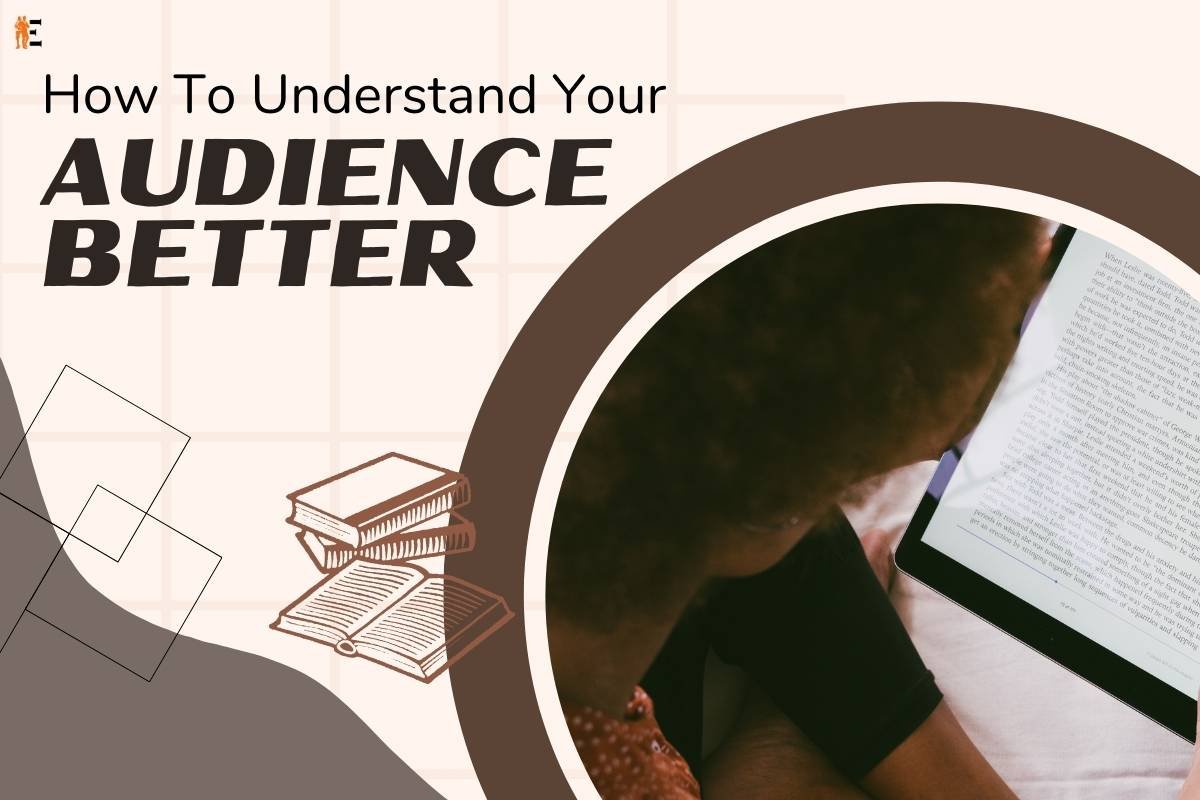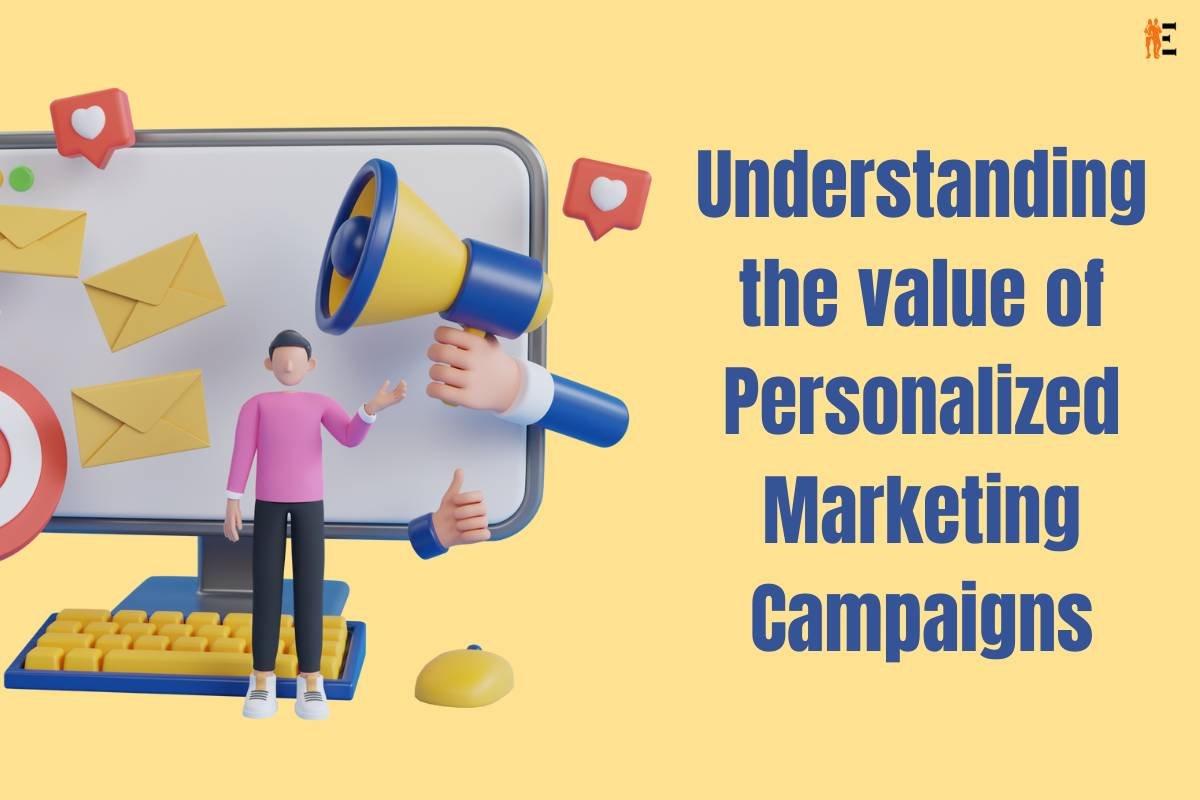Marketing is more than just communicating a message to your consumers. It also includes feelings, wants, and desires. You need to add a bit more oomph or use Images in Digital Marketing and advertising – via visuals — to elicit those powerful reactions from people.
Without visuals, marketing or ad language is like ice cream without toppings… it gets the job done but it doesn’t exactly thrill you, does it? The same is true for text-only advertising, blog posts, site pages, and other forms of content.
Certainly, you get your point through, but does it have an impact? Very likely not.
That is why the use of images in digital marketing is essential. This tutorial will lead you through the advantages of utilizing photographs in marketing, the Use of Images in Digital Marketing, and how and where you might use them.
Here are 5 Uses of Images in Digital Marketing;
Benefits of Use of Images in Marketing
1. Images stick with you
Viewing a beautiful picture or amazing snapshot usually lingers with us longer than reading a brief summary, blog post, or advertising. Humans really remember more than 65% of what we see… compared to 10% of what we hear.
2. Images communicate more quickly.
We live in a fast-paced world where customers are exposed to over 5,000 advertisements every day. Pictures are important in marketing since they are more easily absorbed. It takes almost 10 seconds for readers to comprehend and decide on the worth of written content, not to add the time it takes to read it.

The mental and emotional influence of a picture, on the other hand, occurs nearly quickly (in about 100 milliseconds) that’s why we use of Images in Digital Marketing.
3. Readers are kept interested by images.
Pictures entice readers to continue reading. According to TIME, your website visitors are unlikely to spend more than 15 seconds on your website or blog. Use of Images in Digital Marketing that are interesting and engaging might encourage your visitors to spend more time on your articles and site pages.
4. Imagery increases open and engagement rates.
Readers want to see visuals, whether they are photos that explain words or just accompany an article. Articles and blog posts with photos get more than 90% more total views than those without. When a picture or video is included in a press release, it receives a 45% boost in views.
The same goes for social media. Tweets with photos earn 150% more retweets than tweets without images, while Facebook posts with images receive almost 2x the interaction. According to BuzzSumo, publications with a picture per 75 to 100 words were shared twice as often as ones with fewer photos. The use of Images in Digital Marketing increases open and engagement rates.
5. Pictures aid in sales.
Internet buying may be more popular than ever, but purchasers still worry about what their goods will look like when it comes. Don’t you think so?
That is why high-quality, realistic product photographs are essential. When selecting and buying items, 67% of buyers feel the quality of each product Images in Digital Marketing is extremely essential. Consumers also value product picture quality above product information (63%), thorough product descriptions (54%), and customer ratings and reviews (53%).
Marketing Image Types
There are several photos you may use in your marketing, as well as numerous locations where you can get or make them. We’ve covered a few of the most popular here.
1. Stock Images
Stock Images in Digital Marketing are professional, pre-captured images that are the most convenient sort of marketing image. Stock pictures may be found in a number of sources, both paid and free. My personal favorite free stock picture sites are Pexels and Stocksnap.io. Shutterstock and Getty Images are two major paid stock picture services.

Here’s how to deal with stock picture legality:
- Editorial usage denotes that a picture may only be used for editorial reasons and not for commercial uses, such as with a product description or in a print advertisement.
- A public domain picture may be used by anybody, and acknowledgment is desired but not necessary.
- Since a picture is rights-managed, it can only be used once per purchase (for example, if you use it in a video, it cannot be used in a blog post).
- A picture that is royalty-free may be used for any purpose but cannot be modified or resold.
Although stock photographs are easy, they might not necessarily reflect your brand correctly. If you have the time and money, I suggest creating your own on-brand photographs to utilize in your marketing and advertising activities. Consider these stock pictures, but only for your own use… The high-quality picture is now simple to shoot on cell phones thanks to advances in technology.
2. Branded Pictures or Graphics
Use of Images in Digital Marketing may not necessarily have to be taken by a professional photographer. Any kind of appropriate visual stimulation may greatly enhance the worth of your work and website. Graphics are animated or digitally generated pictures that many businesses use to accompany blog entries or just include a bit of their brand across textual content.
Canva, a free graphic design program, makes it simple to create designs like these. For more intricate designs, you may need to buy in professional tools such as Adobe InDesign or Photoshop, but Canva is a wonderful place to start.
Here’s how to take advantage of the Use of Images in Digital Marketing:
- Infographics are visuals that include text and other information. They simply use visual data representation and symbols to explain a blog article or narrative.
- In fact, infographics boost site traffic by 12%. They also make your readers’ lives simpler. According to recent research, persons who follow instructions with text and images do 323% better than those who follow directions solely with text.
- Consider designing an infographic to complement an in-depth blog post, how-to piece, or essential report. Infographics may be created for free using tools such as Canva, Venngage, or Piktochart.
3. GIFs
A GIF (Graphics Interchange Format) is an animated graphic that contains either moving components of a picture or a still image from a video, TV program, or movie. GIFs were developed in the 1980s but have only lately gained popularity among brands and businesses.
GIFs may be used in a variety of ways in marketing. You may, for example, make your own animated GIF of a graphic or picture. There are several free or low-cost solutions available to assist you in doing this with little or no knowledge.
The second method you may utilize GIF pictures in your marketing is by selecting from a pre-made library like GIPHY. GIPHY GIFs are often used to entertain or amuse its readers, so make sure the GIFs you choose are consistent with the nature of your company.
4. Content Created By Others
User-generated content (UGC) refers to photographs and videos of your goods or services that consumers share or post. UGC is a very powerful marketing tactic since it comes under word-of-mouth marketing… which has been shown to influence around 50% of all purchase decisions.
UGC is also beneficial since it encourages your consumers to provide you with photographs and visual material. Since UGC material is highly genuine and depicts goods and businesses in real life, many firms utilize it on their website, social media, and even as product photography.
Pictures are used in practically every aspect of your marketing tactics. We’ll go through the most common (and simplest) locations to use graphics and Images in Digital Marketing.
5. Social Media Images
Social media is, without a doubt, an image-heavy medium. Images are almost required for networks like Instagram and Snapchat, but businesses like Facebook, Twitter, LinkedIn, and others gain greatly from the usage of photos and graphics.
Each network advises certain picture dimensions when uploading an image on your timeline or upgrading your account with new cover and profile photographs. It is critical to size photos for social media usage since wrong measurements might impede other images or cause your postings to be poor quality — and hence unappealing to your viewers.
Note: Attempt to utilize the same identifying photos throughout all networks, whether taken or digitally produced. Cover shots, profile pictures, logos, and other images are included. This aids in the development of brand identification and awareness among your fans.
6. Emails with images
Every day, your consumers get a large number of emails. If they open yours, you want them to stay and read it, don’t you? Without a doubt.

Images in Digital Marketing can assist with this. Sending emails with photos helps keep your readers engaged, interested, and better informed about the goal of your email, whether you’re providing product photographs, branding images, or humorous GIFs.
7. Posts with Images
Blog posts and articles are generally text-centric marketing initiatives, but that doesn’t mean they — and your viewers — won’t benefit from the addition of a few photos. Images, when included in your material, may help to explain your ideas, interest your readers, and liven up a long piece of writing.
Pictures in the blog post might be infographics, explainer photographs, screenshots, or product images, and any blog post cover images (the image shown at the top of the page and with the post description) should convey the content’s purpose.
8. Images with Goods
As previously said, product Images in Digital Marketing may either assist customers to pick and acquire your items, or they might urge them to do the opposite. Consider investing in high-quality, professional product photography, or make use of your finest camera equipment. Provide lots of images and animated GIFs to demonstrate how your product appears after purchase if it is digital, such as software or a web application.
Don’t forget to utilize user-generated content (UGC) or encourage reviewers to add photographs of their products.
One Last Thought
Pictures, graphics, GIFs, infographics, stock photographs, user-generated material… there are several methods to include visual content in your marketing strategy. Even better, it’s really simple. Next time you write a blog post or send an email, include some graphics. Your clients will appreciate it, as will their attention spans.











